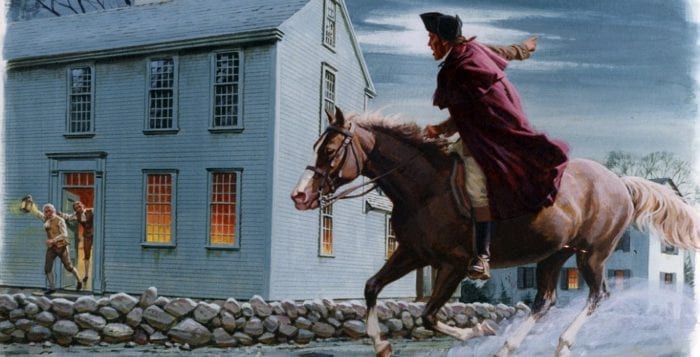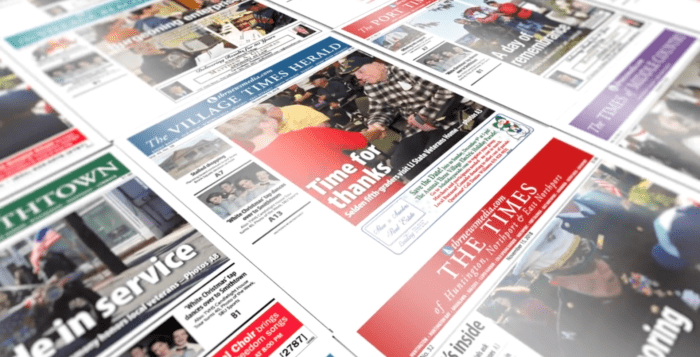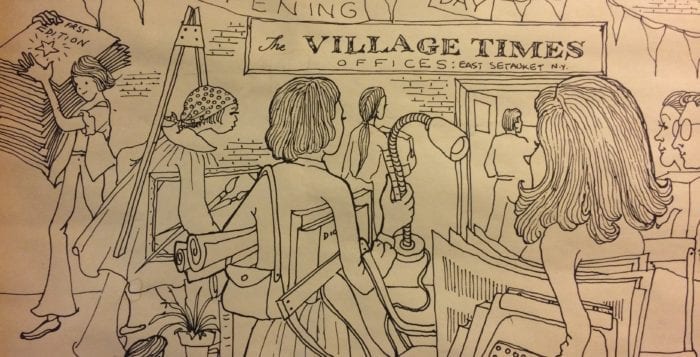By Daniel Dunaief

Something about a posed picture brings out the prankster in me. I realize, of course, that posed pictures can and do capture a moment when a group of people come together.
In fact, I recently visited the athletic center of one of the colleges that admitted my daughter and stared, for hours, at the faces of athletes over the decades who took time out from their sports games and practices to have a picture taken. Without the uniformity and decorum, these pictures would have been a free-for-all with little structure.
And yet, in my own life, I can’t help seeing the camera and the formal process as an invitation to assert my individuality or, at the very least, to force the formality off someone’s face.
I can trace this back to formal extended family photo sessions we had when my brothers and I were young teenagers. Every so often, the aunts, uncles and cousins would get together. When they did, someone inevitably wanted to capture the moment for people to revisit years later, which, I guess, is around now, given how long ago the younger versions of ourselves forced a smile on our faces for those pictures.
So, anyway, I remember this one picture, when I was standing between both of my brothers, which made sense at the time because I am the middle child and my younger brother hadn’t decided I stopped way too early in the height department. As the photographer was getting ready to take the picture, I reached down as subtly as I could and pinched my older brother’s thigh, causing him to grin broadly at just the right moment, if you’re me — or the wrong moment, if you’re the photographer.
To her credit, my mom kept that goofy picture because, unknown to me, the photographer had taken a head-to-toe shot that clearly showed my fingers pinching my brother.
When my younger brother got married, I recall my father’s extended family all trying to line up for a family photo or, as my aunt said at the time, a fa-mi-lee pho-to, as she enunciated each syllable in a way that would cause poets to cringe. She accented all of the syllables and spoke so loudly that the camera picked up her demand to get everyone in their place.
Later, as we watched my brother’s wedding video, the whole family discovered an unknown treat. At some point, the videographer had clearly asked my uncle, one of the more serious and least playful people I ever met, if he had any marital advice for the newlyweds.
Seated in a chair by himself, with the music playing in the background and plates of hors d’oeuvres passing in and out of the frame, he paused for a moment before looking straight at the camera.
“It’s a sense of humor,” he said, cracking the smallest of wry smiles.
As my daughter and nephew prepare for their high school and college graduations, I can’t help wondering what the young men and women in the photos will be thinking when the many amateur photographers insist that they move a step to their left, lean to their right, stand up straight or open their eyes wider, no, less wide, no, wait, wider.
Hopefully, my daughter and nephew will be able to look back at pictures and see something more than a group of people celebrating one moment as they prepare for the next one. Hopefully, the camera will capture something, small though it may be, that brings a smile to their faces months or years later. Maybe the perfect imperfection will transport them back to the moment someone insisted that they “give us a natural smile” on cue.















